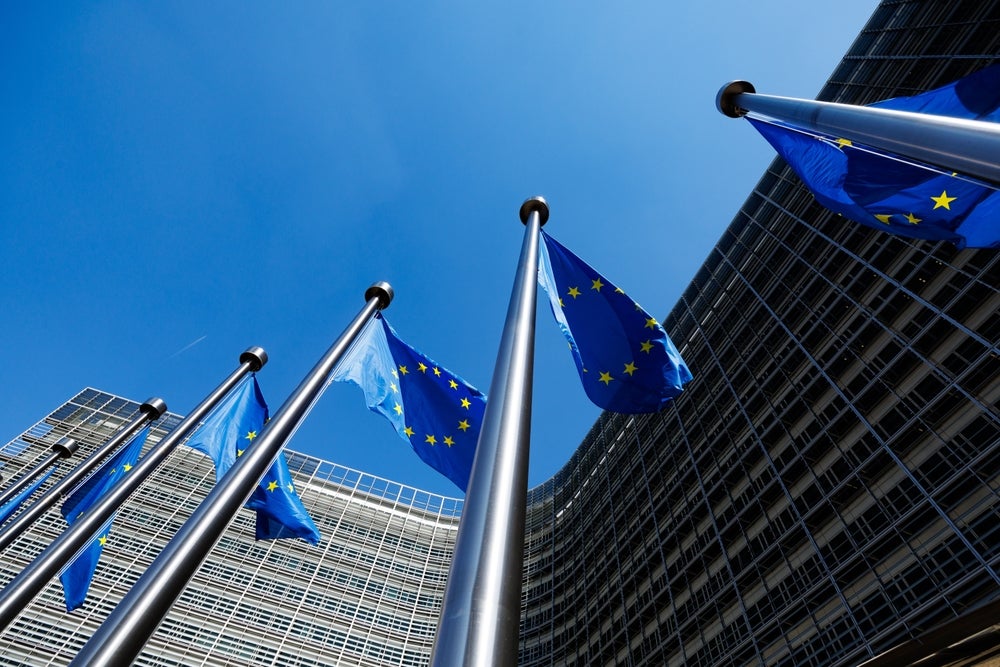As the SEPA implementation process begins to take shape, the
World Payments Report 2008 has identified potential
challenges and urged all the players involved to adopt a common
approach. Although credit transfers are already taking place,
ambiguity still surrounds plans for direct debits and card
payments. Truong Mellor reports.
While the SEPA initiative is certainly moving forward given the
launch of the credit transfer facility in early 2008, and the
proposed launch of the SEPA direct debit and business-to-business
(B2B) transfer schemes by November 2009, the project still faces an
uphill struggle. Notably, SEPA credit transfer volumes have
remained relatively low, and the fact that corporates have been
ambivalent at best regarding a wholesale migration of their payment
instruments to new SEPA-compliant systems remains a thorn in the
side of the initiative.
The recently published World Payments Report 2008 from
Capgemini, in conjunction with EFMA and Royal Bank of Scotland
(RBS), attempts to investigate recent developments in the global
payments market, with a particular focus on Europe and the SEPA
scheme. According to Simon Newstead, head of the financial
institutions advisory group for global transaction services at RBS,
the journey towards full implementation has begun, but there remain
significant steps to take, namely the switch of all existing legacy
credit transfers and direct debits onto a SEPA-compliant scheme as
well as the comprehensive realisation of the SEPA Cards Framework
(SCF).
“Looking at the credit transfer and the SEPA direct debit
schemes, there are a number of practical issues that are still
being explored to help the migration process,” Newstead explains,
citing the initiative to help corporates move existing direct debit
mandates across to the SEPA direct debit scheme without having to
ask customers to approve fresh ones.
What is perhaps necessary for the full-scale implementation of
the SEPA scheme to shift up a gear is a clearly defined end date to
act as a catalyst for movement. Newstead concedes that it remains
unclear who should be setting such a date or the potential
timeframe involved, but agrees that it is something that is
currently being discussed quite widely throughout the industry.
Naturally, a project that traverses the eurozone such as SEPA
will see tensions arise between regional and national forces.
How well do you really know your competitors?
Access the most comprehensive Company Profiles on the market, powered by GlobalData. Save hours of research. Gain competitive edge.

Thank you!
Your download email will arrive shortly
Not ready to buy yet? Download a free sample
We are confident about the unique quality of our Company Profiles. However, we want you to make the most beneficial decision for your business, so we offer a free sample that you can download by submitting the below form
By GlobalDataThe EC-led Payment Services Directive (PSD) has been billed as a
‘maximum harmonisation’ initiative in order to enforce consistency
between the member states, which must be written into national law
by November 2009. However, there are around 20 separate points
where individual countries have some leeway of interpretation when
it comes to domestic execution, and the report stresses that these
‘transpositions’ may present a challenge for SEPA if they are not
consistent with each other.
“We know there will be some differences because of the national
derogations that were included in the text,” adds Newstead. “What
is more of an ongoing discussion is that there are certain parts of
the PSD where a degree of interpretation will be necessary. This is
what the report highlights – the importance of a common approach
being adopted across the EC and the various countries when drafting
their legislation wherever there is something ambiguous in the
original text.”
Interchange an uncertain issue
“Regarding interchange, the waters have not really cleared,
despite the recent ruling by the European Competition Commission on
MasterCard,” says Ian Rutland, head of business development at RBS
Cards.
“Obviously MasterCard has appealed the decision, so the future
remains uncertain. Globally, the pressure on interchange remains
downwards, and retailers are certainly becoming more vocal about
interchange levels.”
The report offers a case study of the Australian market
following interchange regulation of 2003. Despite the likelihood of
downward pressure being applied, the case of Australia demonstrates
that both issuers and card schemes have sought to recoup the
revenue lost through an increase in cardholder fees and interest
rates – the same conclusion CI’s Australian survey reached
(see CI 392).
A third scheme for Europe?
These issues are firmly intertwined with the viability of a
third network scheme in Europe to rival MasterCard and Visa, as a
large part of the business model would be funded through
interchange revenue.
There are a number of schemes, such as the Euro Alliance of
Payment Schemes (EAPS) and Monnet currently vying to position
themselves as a third alternative, but the main challenge will
initially be getting all the players on board, which would also
involve writing off all the investment that has been channelled
into domestic schemes thus far.
“We have compared the success of the different scheme business
models – three-party and four-party,” says Christophe Vergne,
vice-president of the Payments Centre of Excellence at
Capgemini.
“If the wish of the regulator is to increase the universality as
well as the volume of transactions, then this is mainly achieved
through four-party models. However, there are many issues that
still need to be overcome to make SEPA for cards a reality.”
Among other findings, the World Payments Report 2008
found that the non-cash payments market in Europe has continued to
grow, with around 70 billion transactions taking place in 2006
across the 25 EU member states.
The report predicts double-digit annual growth in the overall
volume of non-cash payments, as well as a continuing shift in the
mix of instruments used.








